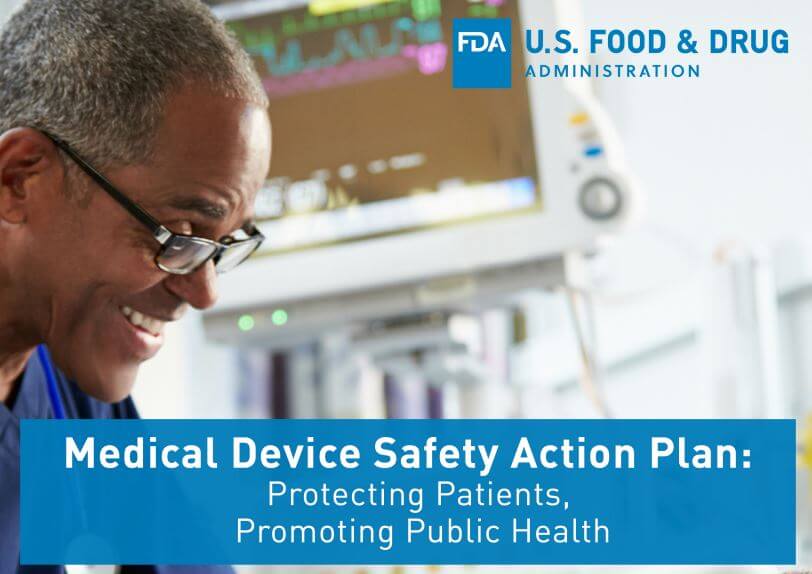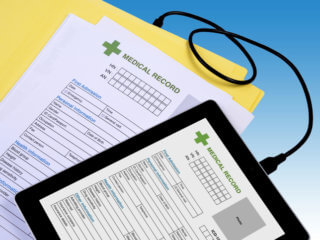Medical device safety action plan by the FDA
FDA plans on making cybersecurity regulations stringent and approves devices like Automated Insulin delivery device for type II diabetes and blood test for brain injury.
FDA has recently claimed to improvise the conditions of medical health by enhancing technological aspects in order to make it more reachable to the destitute. The commissioner also talked about a new action plan regarding the safety of devices.
Encouraging manufacturers to formulate and forge even slightest bit of changes in their devices, FDA said that any amount of change which thrives to transform the lives of patients in a positive manner would be worth it.
FDA has initiated steps to make medical health technology astounding and beneficial to the ones in need. An agenda released by the commissioner, FDA, focused on safeguarding the medical devices and innovations in the United States, is worth appreciating.
The medical device safety action plan, created and revised by FDA, revolves around the product lifecycle methodology, requiring an integration of the CDRH’s premarket and post-market offices functionally.
The plan’s made especially for brand new, first-in-kind products. FDA after evaluating the devices according to the terms mentioned in the plan approved certain devices like Automated Insulin delivery device for Type II diabetes as well as a blood test for investigating brain injury. For accomplishing the task for highly specialized medical healthcare services, FDA would need certain assets like expert training or user education in order to perform distinctly specialized technologies and render the medical technology with authoritative services for the needy.
The whole purpose of these safety plans is to force the manufacturers in changing even the slightest bit of features in their devices, according to the terms mentioned, for the betterment and welfare of patients in any way feasible.
The five-pronged medical device safety action plan desires to perpetuate issues concerning medical health field with technological essence. FDA, working on increasing the reach of patients to medical technology as well as the use of real-world evidence in order to subsidize refinements of devices, would prove to be highly advantageous for patients. It also aims to produce a robust medical device patient safety net for enhancement of medical service availability.
Elevating the cybersecurity of medical devices has also been considered by FDA, as a part of the developed plan. Any innovations made in already existing medical devices would be incentivized for the mere purpose of motivating the manufacturers to make required refinements.
Final agenda of the agency is to render minimal usage of devices with highest risk or malware, thereby facilitating patient-medical relations.
Reaching the scientific heights, the agency also aims to produce scientific toolkits or standards that would measure the authenticity of the devices regarding the terms and conditions mentioned in the study plan. This would not only minimize labor by experts but also ensure a highly scrutinized check on medical devices.
Evaluation and reviewing process still in action, AdvaMed reported that they might need support for many of the guidelines mentioned in the plan, including the cybersecurity enhancements and real-world evidence usage for improvising device issues.
Image credit: www.fda.gov

















